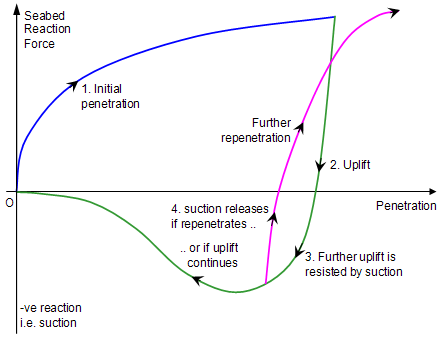As now seems to be traditional, here at Orcina we have spent the summer months working very hard to complete a major upgrade to OrcaFlex. The result is OrcaFlex 9.3 which was formally released early in August. We have just despatched the final upgrade CD and so all customers with up-to-date MUS contracts will have the software very soon, if not already.
I should also point out that we have released a minor upgrade (version 9.3b) which fixes some bugs that have come to light in version 9.3a (the version included on the upgrade CD). As usual a patch to upgrade from 9.3a to 9.3b is available for download.
The major enhancements in version 9.3 fall into the following categories:
- Extreme value statistics post-processing of results variables.
- Text data file (in addition to existing binary data file).
- Enhanced interface to SHEAR7.
- Static state simulation files.
- Non-linear material properties for elastomeric bend stiffeners.
- API 2RD stress check.
- Coatings and linings for homogeneous pipe.
- Roll damping for vessels.
- Modal analysis improvements.
- Performance improvements.
